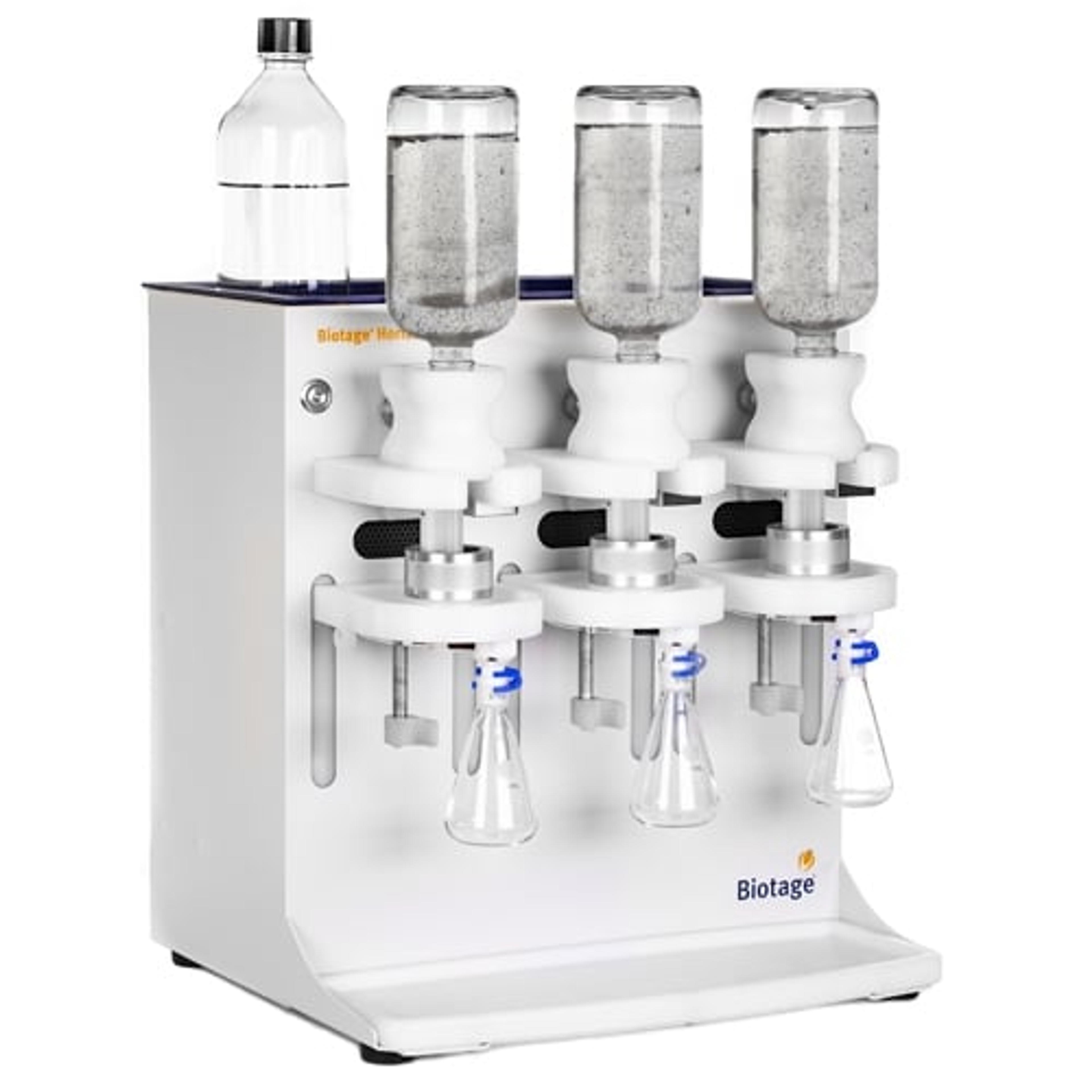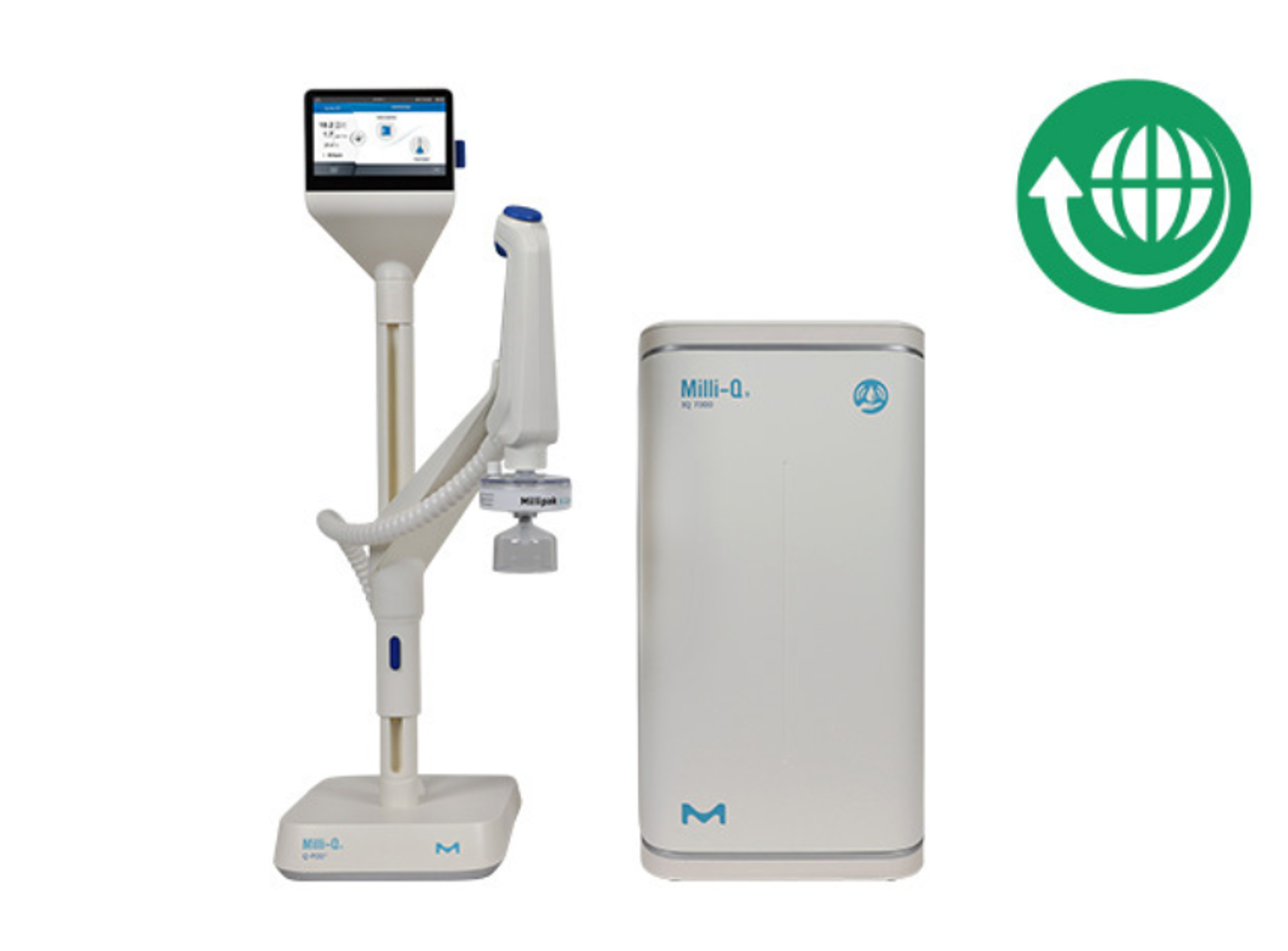Waving Goodbye to Water Safety Concerns with Advanced Water Analysis - Special Feature
Discover the techniques making waves in water analysis, from LC-MS to solid phase extraction
8 Oct 2018

Welcome to this SelectScience Special Feature, highlighting the latest technology for water analysis, both in the laboratory and in the field. Discover more by watching the videos, registering for our webinars, downloading application notes and reading the articles highlighted below.
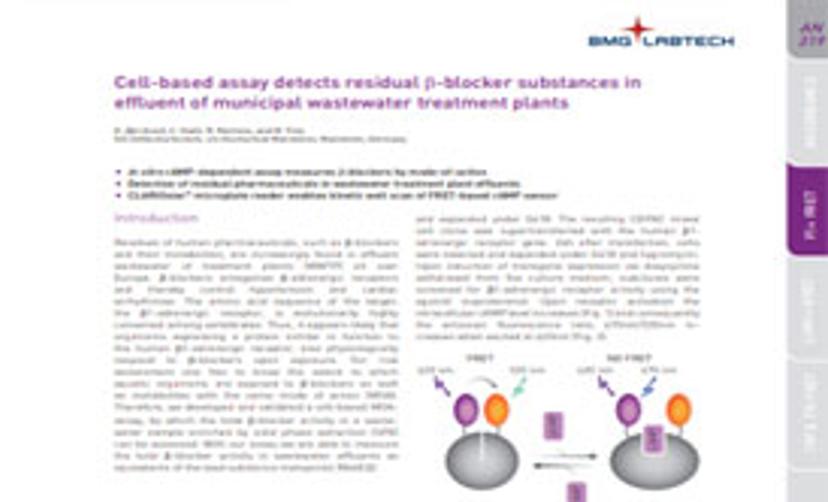
WASTEWATER: Cell-Based Assay Detects Residual Beta-Blocker Substances in Effluent
Discover how an in vitro cAMP-dependant assay, from BMG Labtech, can be used to measure the total β-blocker activity in wastewater effluents as equivalents of the lead substance metoprolol (MetEQ).

DRINKING WATER: How to Improve Your Analysis of 1,4-Dioxane in Drinking Water
Find out how improved analysis of 1,4-Dioxane in drinking water can be carried out using solid phase extraction systems from Horizon Technology, Inc. with automation for US EPA Method 522.
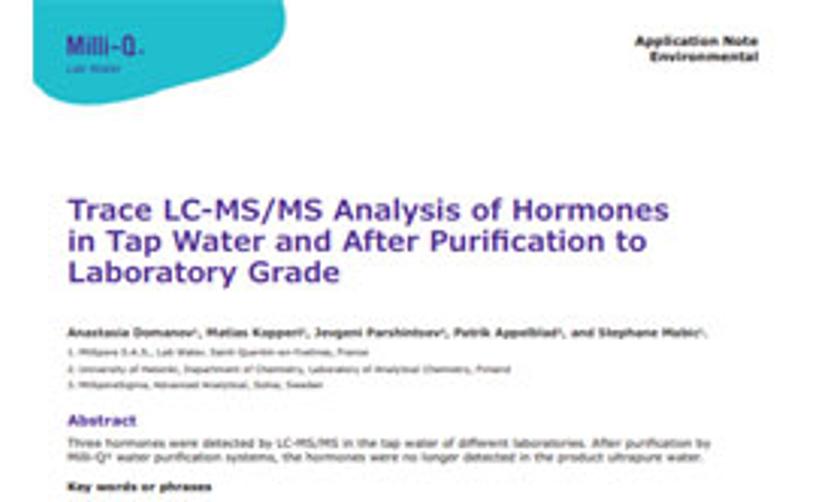
HORMONES: Trace LC-MS/MS Analysis of Hormones in Tap Water
Hormones have been detected in environmental and drinking waters. Find out how a combination of LC-MS/MS and Milli-Q® water purification can remove hormones from tap water.
Download the new How to Buy Water Purification Technology eBook for more information on how to choose the best lab water purification system for your application. Including information on:
- Impurities in water
- Laboratory water standards
- Methods of water purification
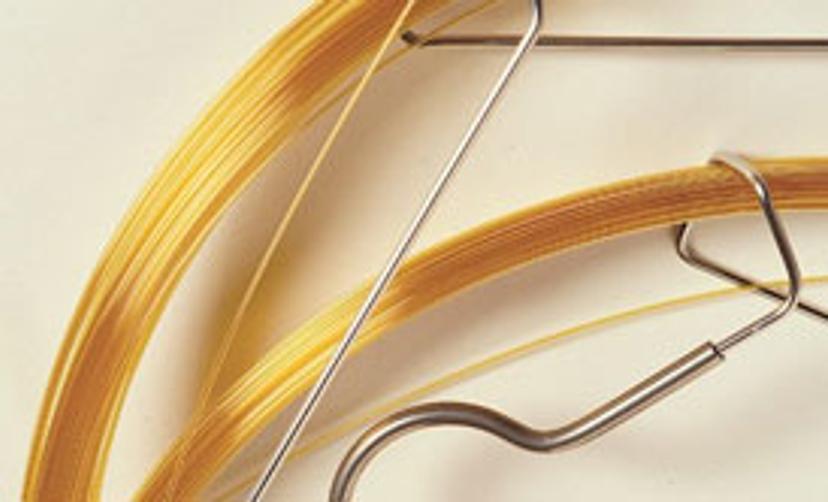
GAS CHROMATOGRAPHY: Bringing Magic to Water Analysis
Discover how advanced capillary gas chromatography columns are enabling enhanced in-lab water analysis, eliminating the need for special tests.
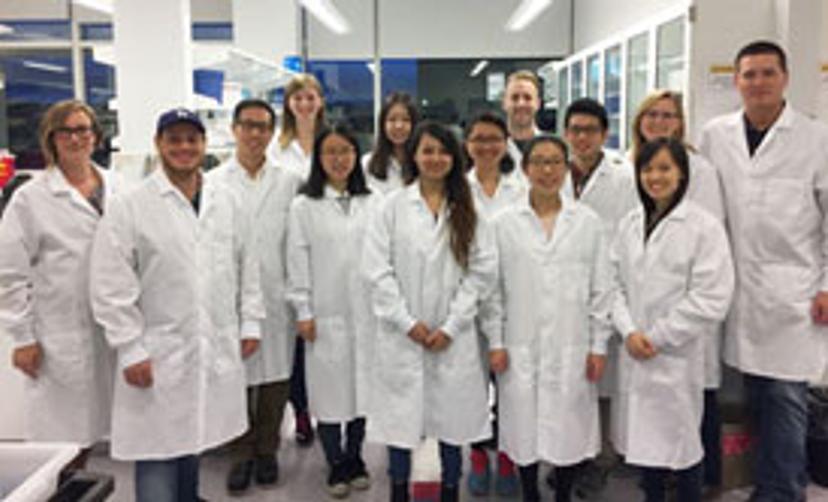
WATER SAFETY: New Nanobots to Combat Testing Hold-ups
Discover how a Cornell professor is focusing on low-cost diagnostics for food and water safety, combating testing bottlenecks with nanobots developed via phage engineering.
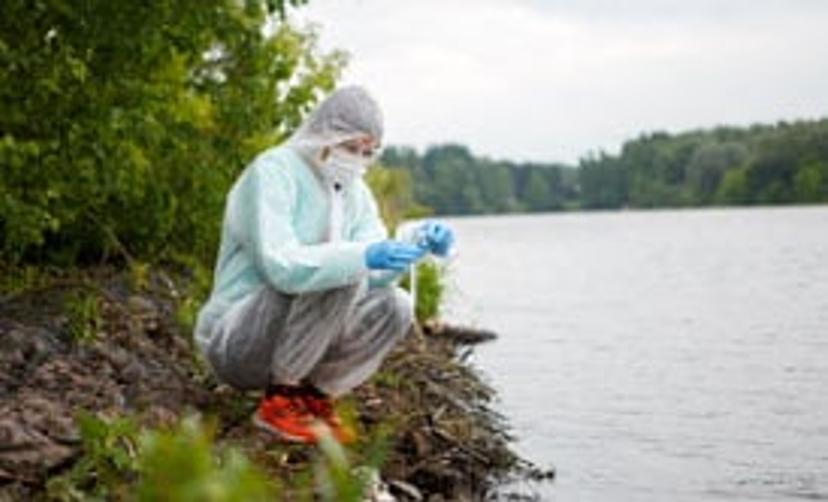
GC-MS: Improving Productivity in Routine Environmental Testing
In this webinar, two experts discuss the latest techniques used to analyze organic contaminants in soil using EPA-regulated methods, and a solution that has improved productivity and reliability.
Other Useful Water Analysis Resources:
- Application Note: Trace Glyphosate Analysis in Drinking Water by LC-Fluorescence Post-Column Derivatization - EPA Method 547


